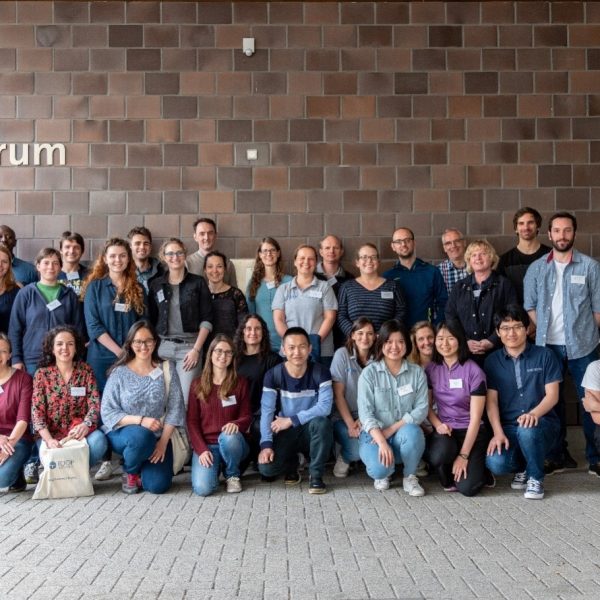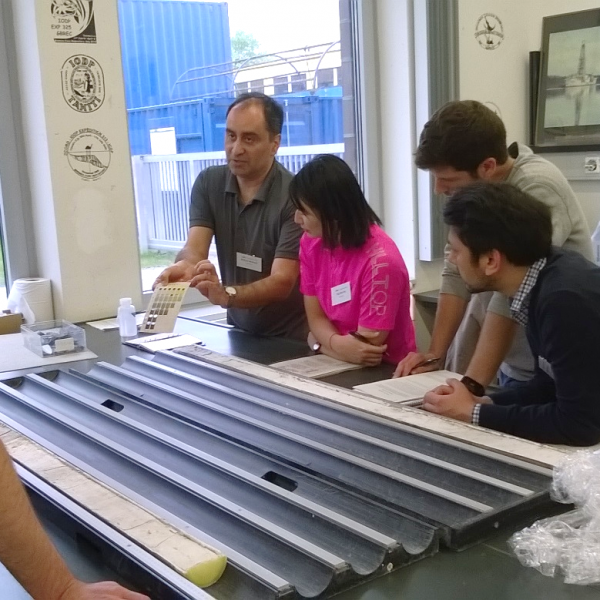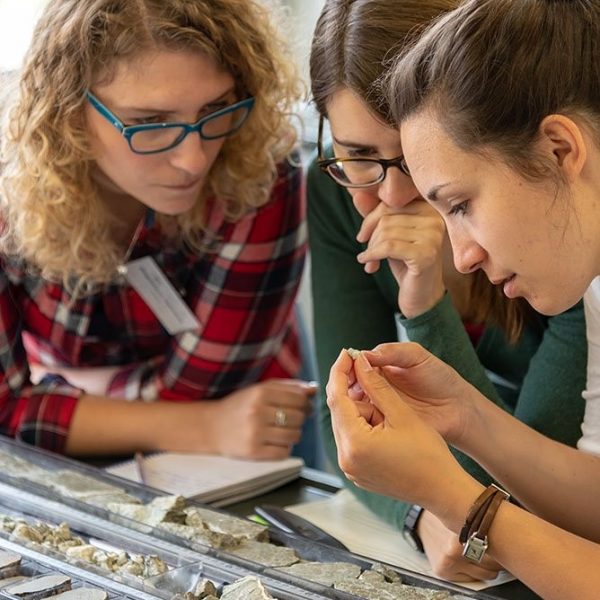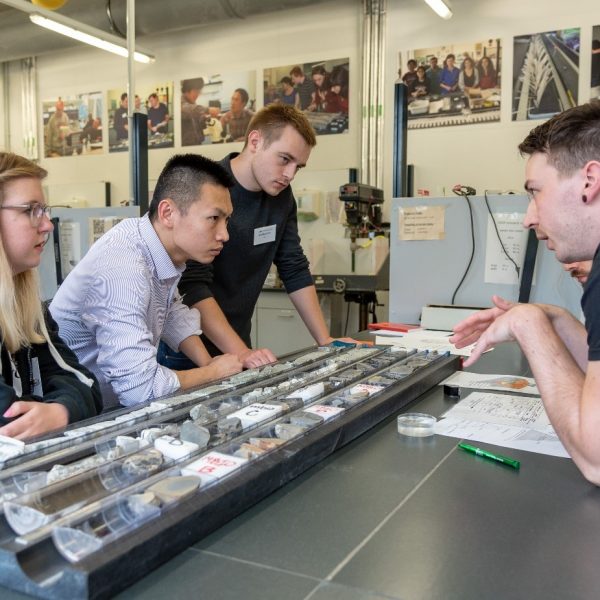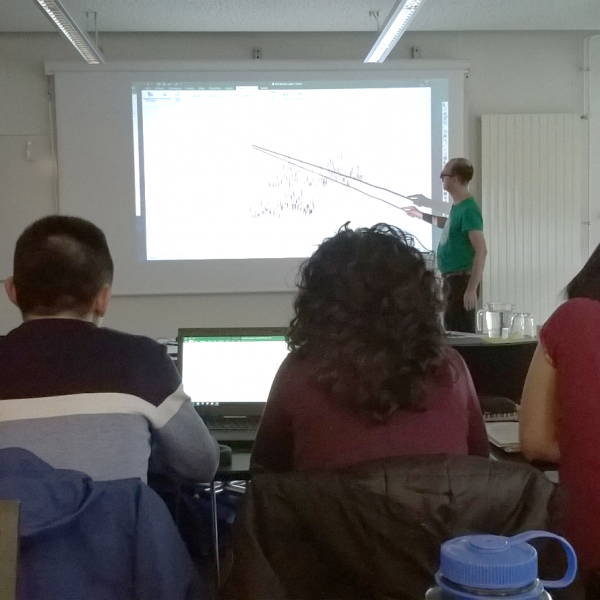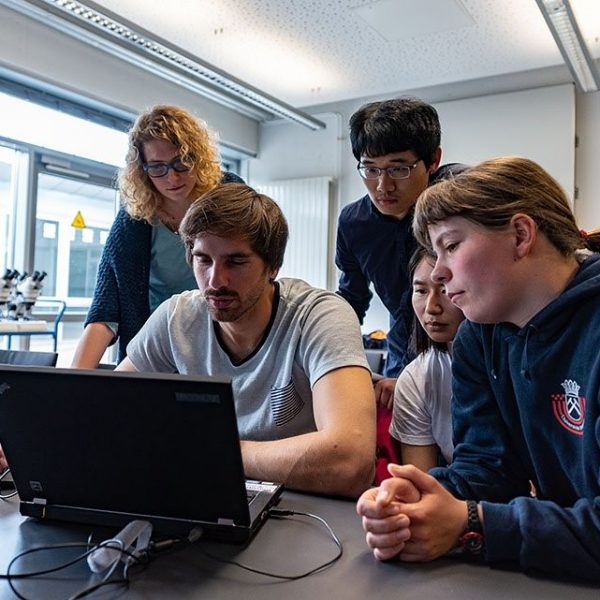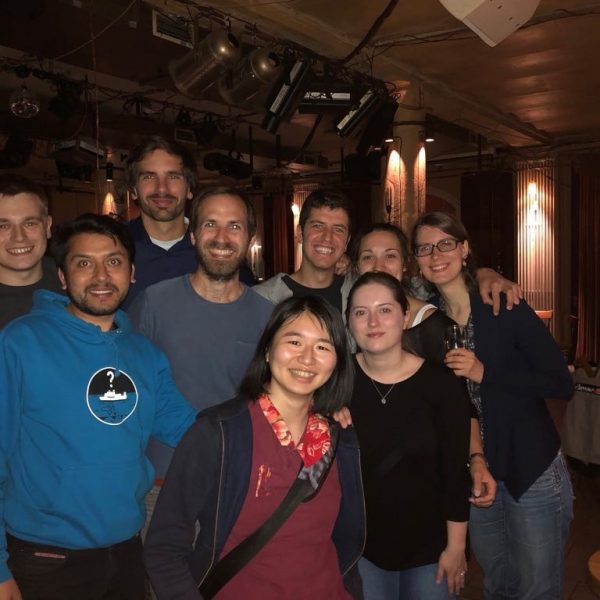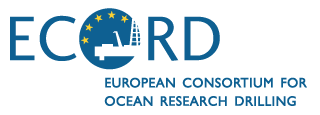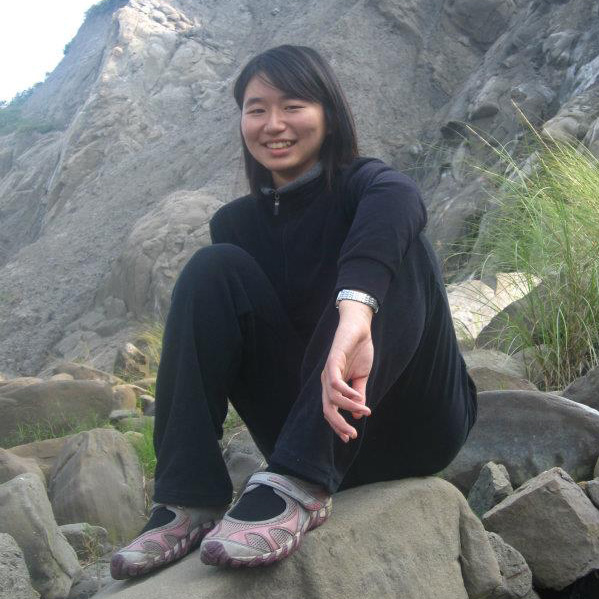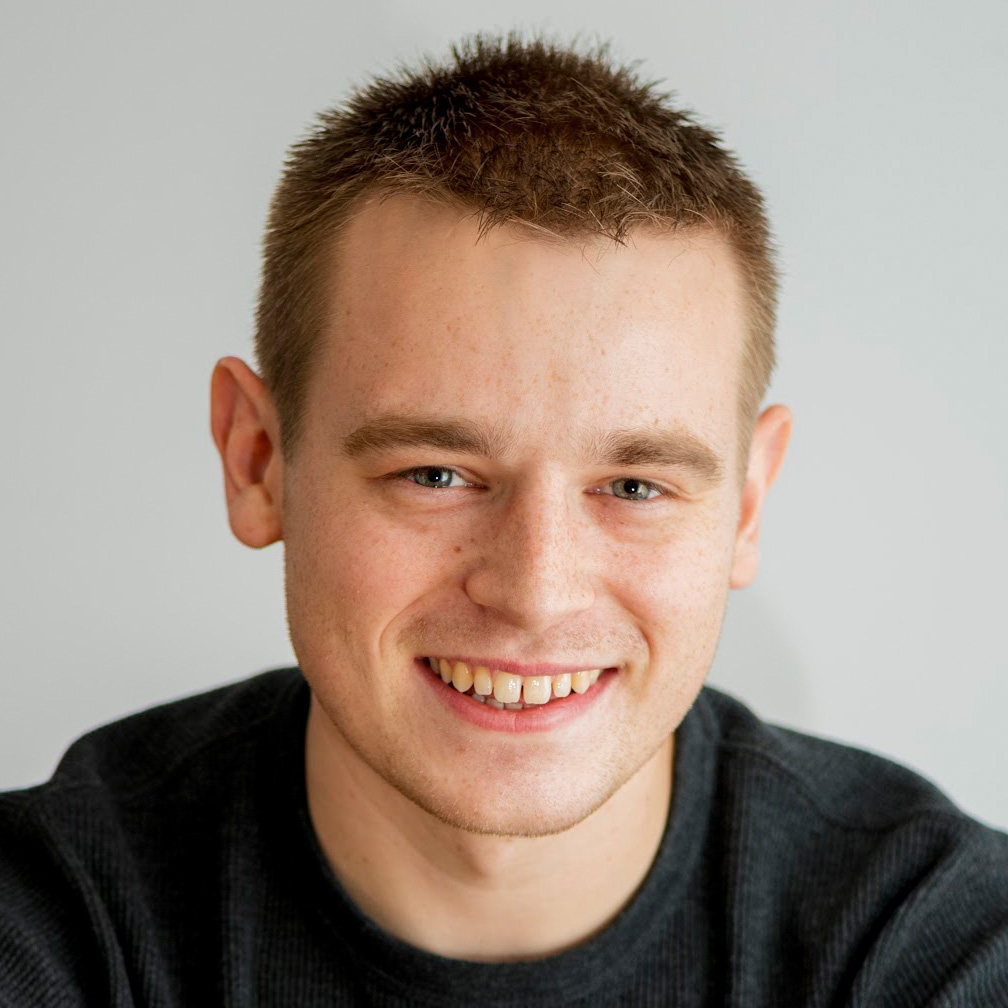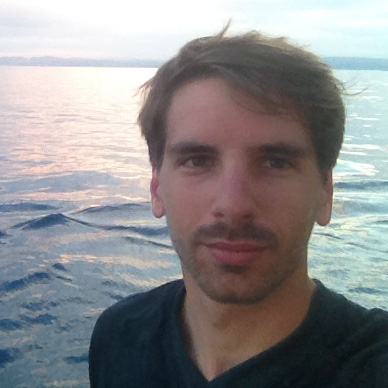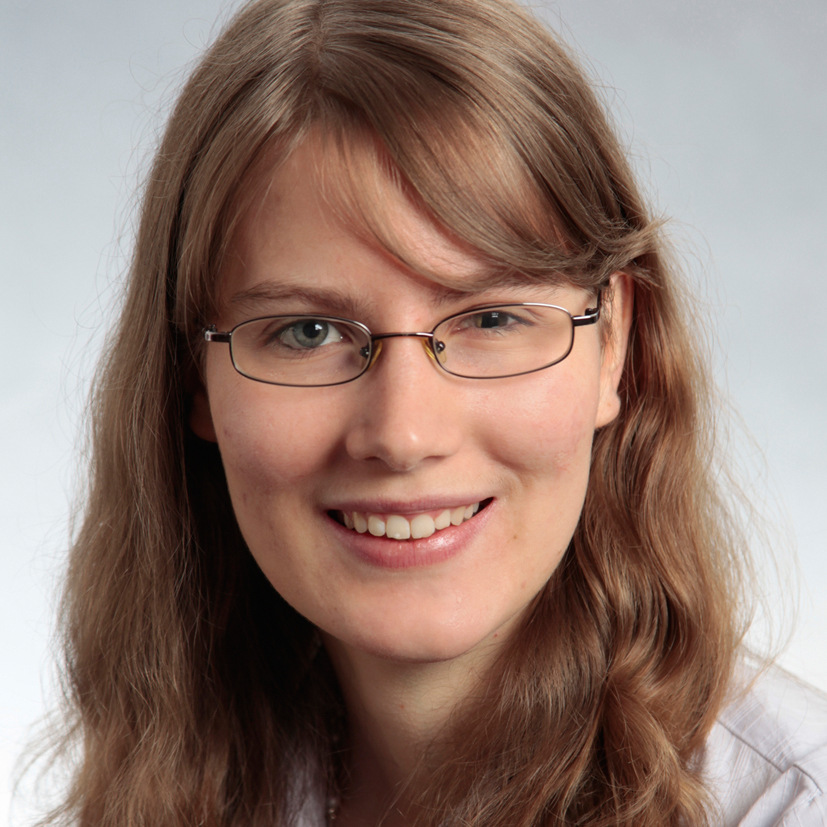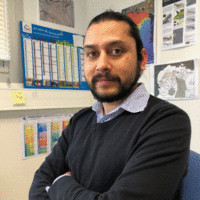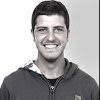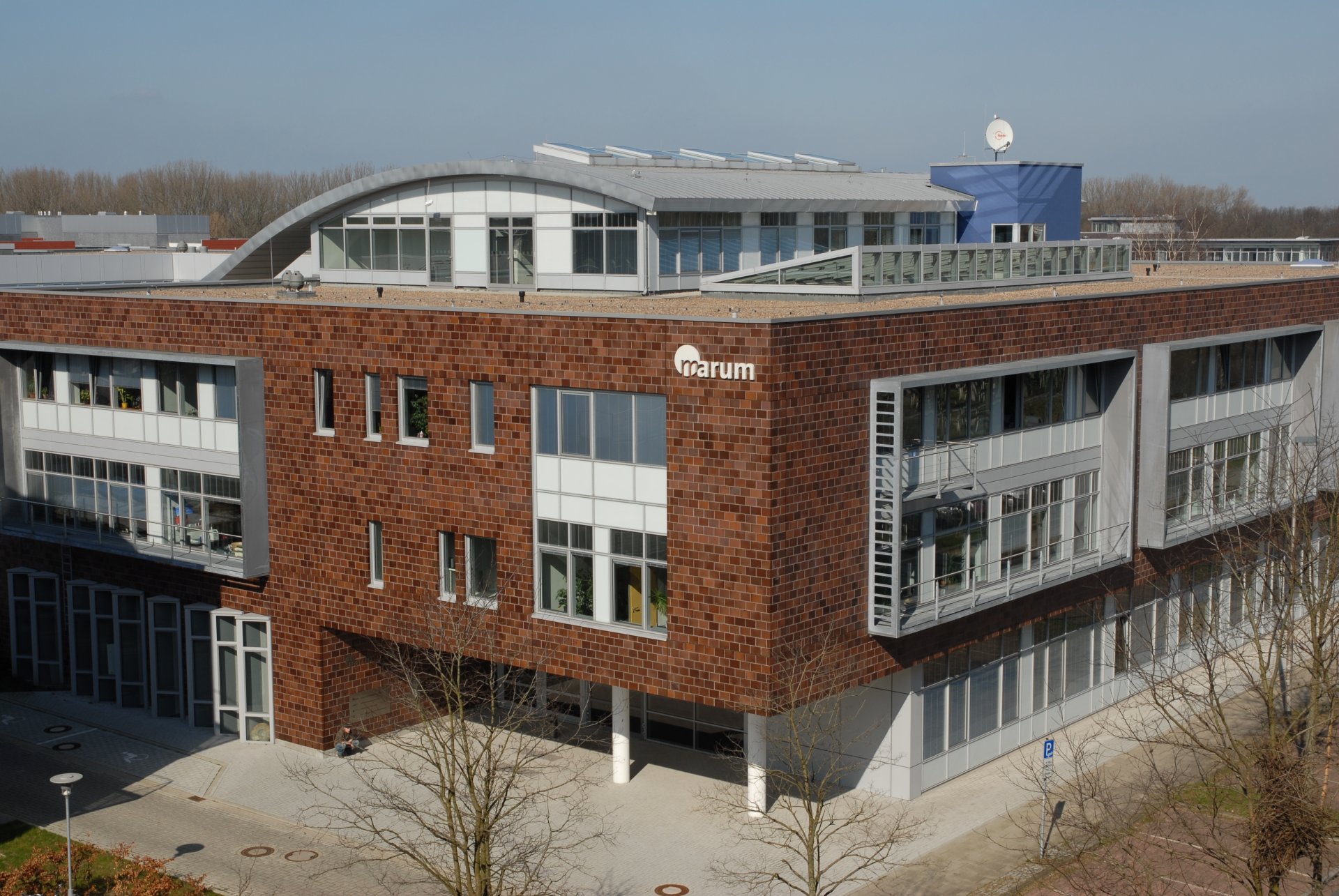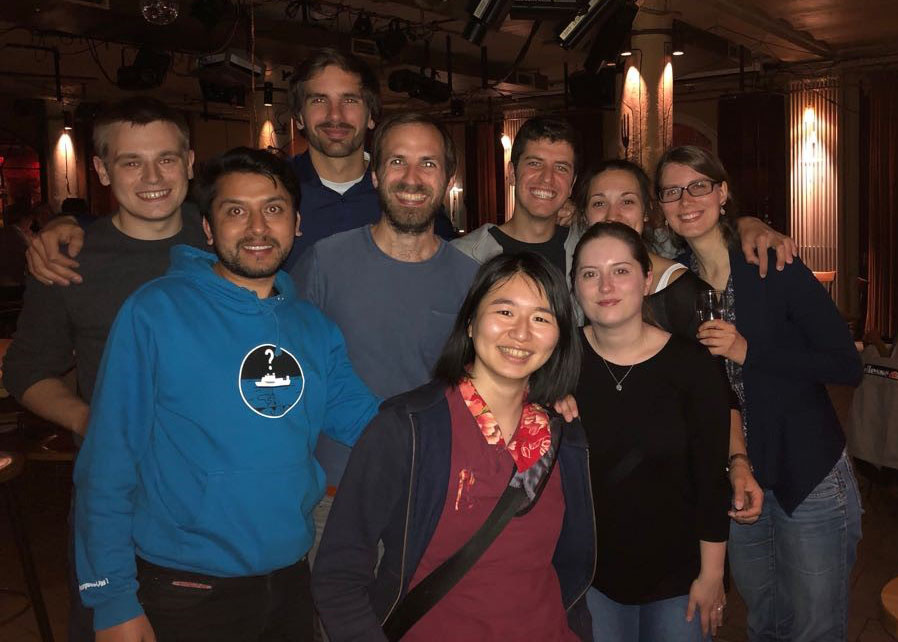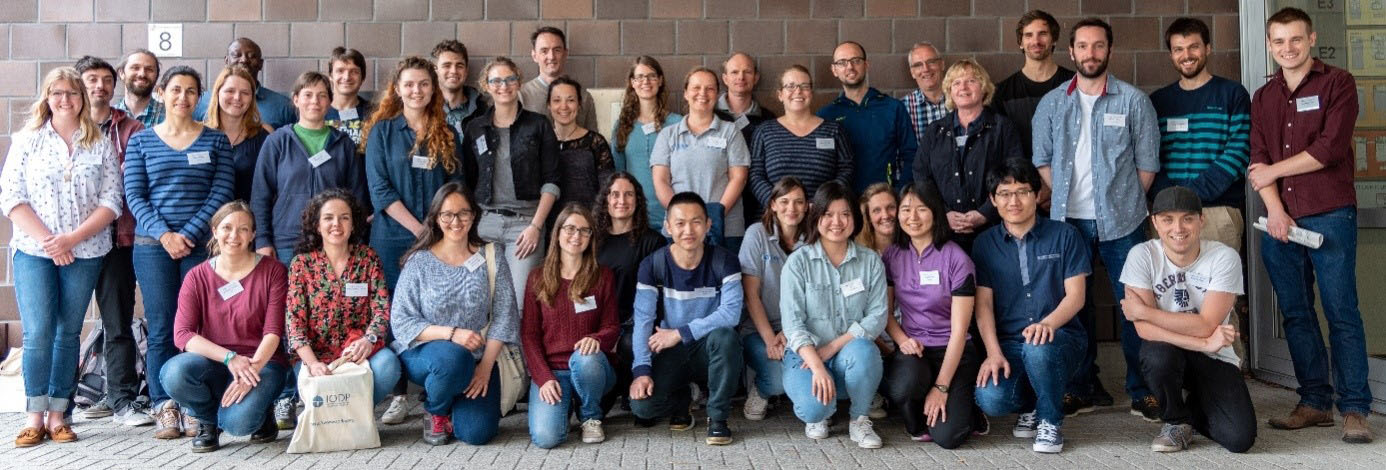
Review of the ECORD Training Course 2018: "Virtual Ship Experience"
Shray Badhani (ESR 4), Monika Wiebe (ESR 11), Ting-Wei Wu (ESR 7) | @ MARUM, Bremen, Germany (23-27 April 2018)
From 23rd to 27th April, a group of seven SLATE ESRs participated in the ECORD Training Course 2018, which took place at MARUM – Center for Marine Environmental Sciences, Bremen. The first thing we had to get used to during this course was the number of abbreviations – ECORD, IODP, BCR, MSP, LWD, MSCL, and so on – it was easy to get confused there.
First of all, ECORD is short for European Consortium for Ocean Research Drilling, which consists of 14 European countries and Canada. It is also part of IODP – the International Ocean Discovery Program, a collaboration of 23 nations. IODP conducts research expeditions world-wide that recover sediment and hard rock cores from the seafloor in order to explore and solve scientific questions. The recovered cores are first processed onboard and then analysed onshore. Finally they are stored in one of the three core repositories, one of which is located at MARUM in Bremen. The Bremen Core Repository (BCR) hosts all cores from the North and South Atlantic Ocean; it presently contains 156 km of IODP cores from 90 expeditions.
The idea of the ECORD Training Course is to prepare and train young scientists for life and work aboard an IODP expedition. In total we were 31 participants, mainly PhD students, from different fields out of the marine sciences. The course provided us with a one-week “Virtual Ship Experience” focusing on the various methods used to analyse cores on board, but also on life on an IODP ship, and how to write an IODP proposal. It consisted of four main parts:
1. Introduction to IODP and ECORD
The course started with a general welcome, introduction and information part. Ursula Röhl, Rüdiger Stein and Holger Kuhlmann introduced us to the structure and objectives of IODP and ECORD as well as the purpose of this training course. Even though it was also a bit confusing, it was interesting to hear about what has to happen and how all the different panels and boards work together until an expedition can actually take place. In the end of this introductory session, Dierk Hebbeln took us on a tour through the MARUM. We visited the IODP core repository and also had a look at the different kinds of marine technology that are developed and applied by the MARUM, including the MeBo drill rig.
2. Virtual shipboard work at BCR/MARUM
In this part we learned how to work on cores on board. One of the most important parts is the core description. Core description is the first thing to do when the cores are obtained on deck before sediment properties begin to change afterwards. Visual observation at the time when the cores are still “fresh” can only rely on the skills of the describers. After the core description, the cores are placed on the machines (e.g. Multi-Sensor Core Logger, MSCL) for core logging, high-resolution linescan imaging and color scanning, and then sampled for different methods to obtain other physical and chemical properties. For example, pore water acquisition and analysis can provide us with concentration data such as salinity, nutrients, PH, alkalinity, ammonium, chloride, and sulphide. Smear slide analysis is a very simple and inexpensive way to determine some major components (e.g. sediment type and diatom data) of fine-grained sediments under the microscope. Biostratigraphy also uses microscopes but focuses on correlating and assigning relative ages of sediments by using the fossil assemblages contained within them.
3. Introductory seminars to general shipboard activities
In addition to these lab turns which were done in small groups, we also had seminars as a whole group. These gave us some more information as to what exactly happens on an IODP expedition. One of the most interesting and memorable talks was held by Oscar Romero who gave us a lively report of a recent expedition he attended, JR374. This expedition on IODP vessel JOIDES Resolution went from New Zealand to the West Antarctic ice sheet in order to investigate climatic and oceanic changes. With his pictures and stories Oscar Romero gave us a good idea on how both work and leisure time is spent on an IODP expedition. In this part we also learned how to obtain data and samples from previous expeditions, and did some practical work on core correlation and splicing. This is a method that ensures that a complete record is obtained by drilling more than one hole on one site.
4. Interactive session on defining drilling targets and strategies including drilling proposal writing
A successful IODP proposal needs a great idea, lots of planning, and execution at the right time due to the geographical location of the drilling vessels. In this session, we were given a general idea of a timeline of a successful IODP proposal and an introductory seminar on proposal writing. Our group was then asked to form small teams of 5-6 participants to write a short proposal and present it in front of the rest of the group and the lecturers. It was a challenging task for all of us since we all had different scientific backgrounds and had to find a way to present the ideas of the whole team. However, we were told that the most successful proposals are usually the ones which have the most multi-disciplinary objectives.
Overall the ECORD training course was a success and provided all of us with new knowledge and understanding as to what IODP is and does, and how we personally can use the acquired data or get involved.
- MARUM, Bremen, Germany
- MARUM
SLATE participants
- J. Ford, ESR2
- T. Gauchery, ESR3
- S. Badhani, ESR4
- D. Mencaroni, ESR6
- T.-W. Wu, ESR7
- R. Gatter, ESR9
- M. Wiebe, ESR10
Impressions
